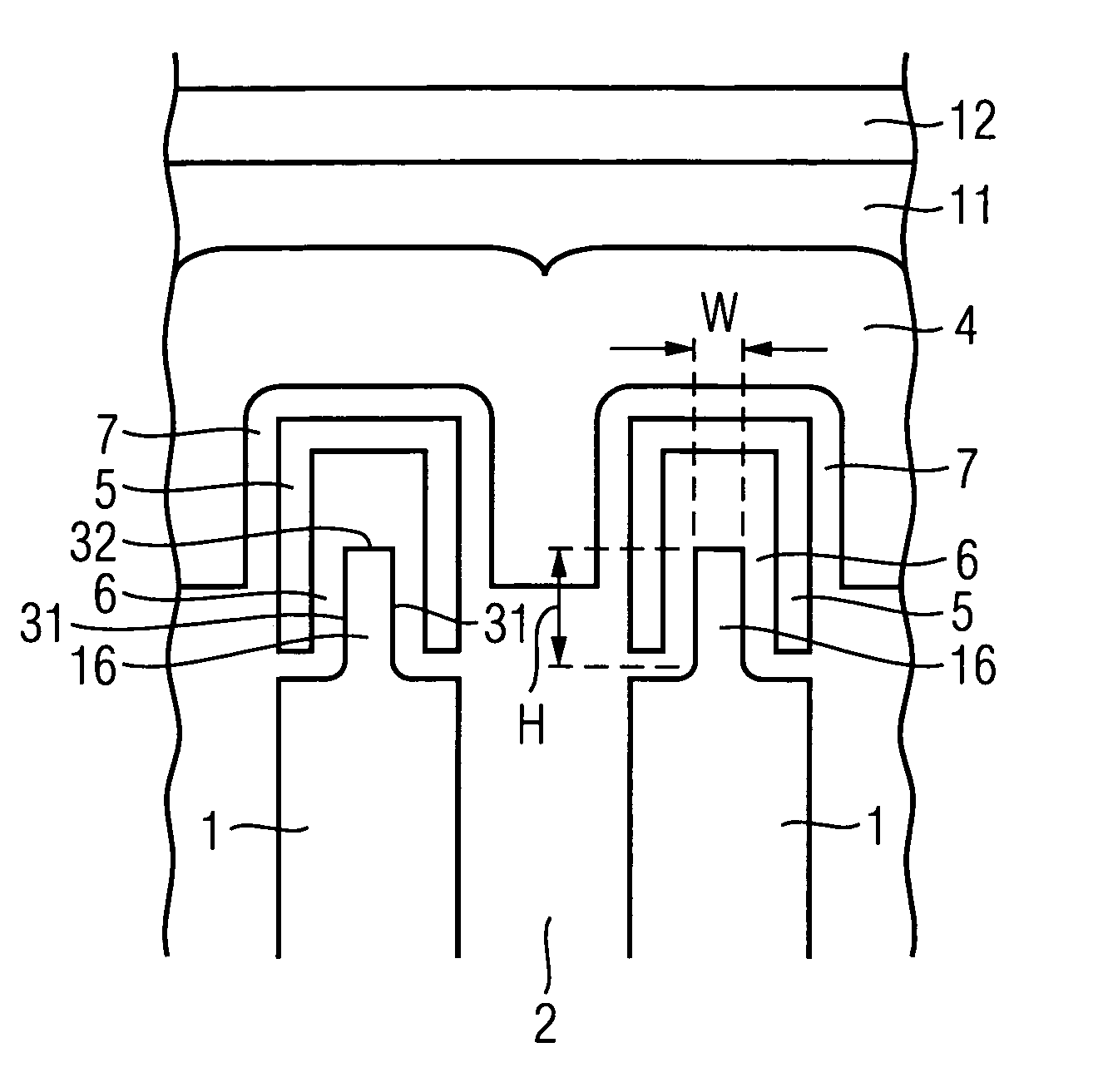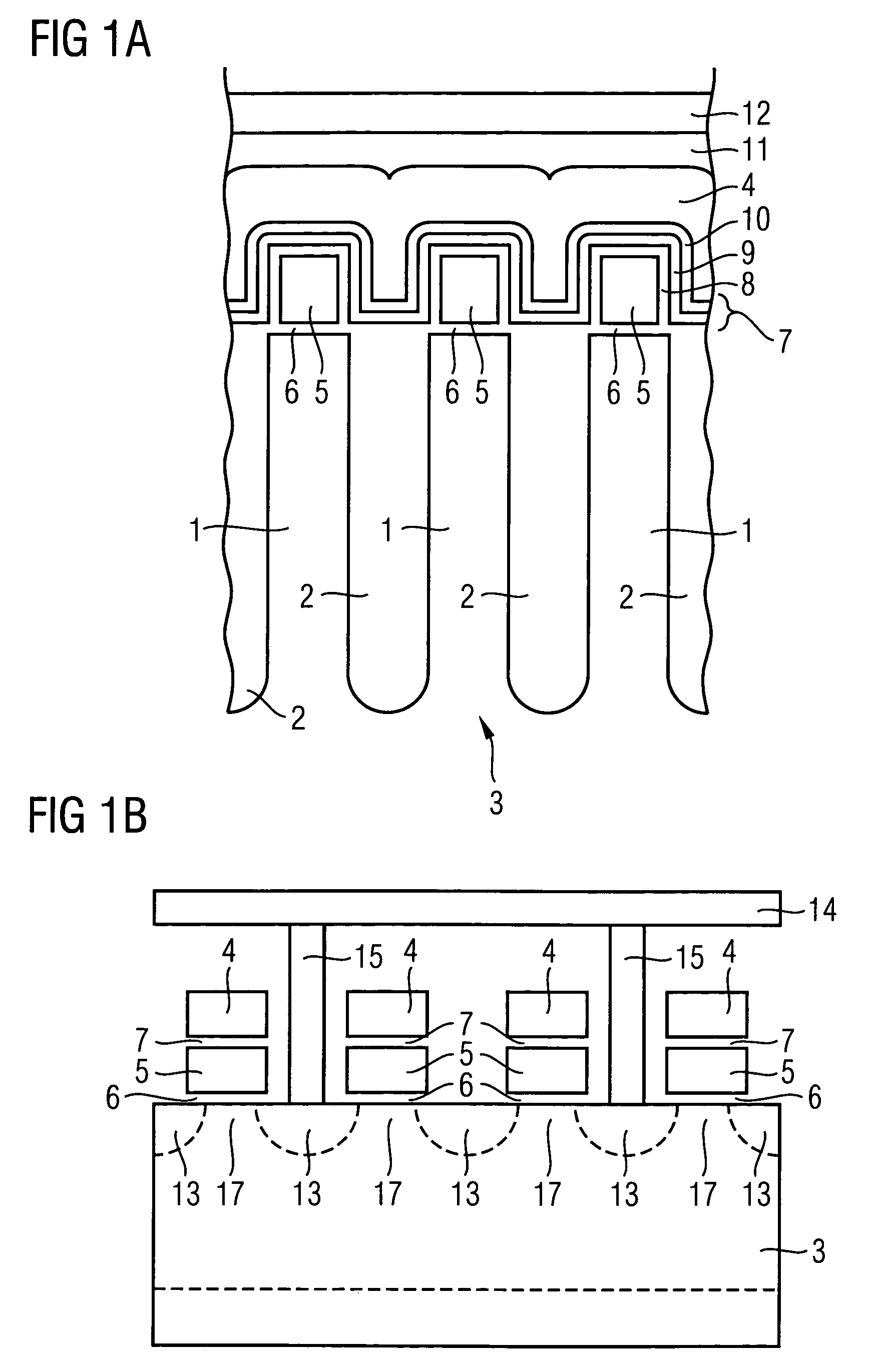Flash memory cell, flash memory device and manufacturing method thereof
a flash memory and flash memory technology, applied in semiconductor devices, solid-state devices, instruments, etc., can solve the problems of narrow process margins, pattern non-uniformity, and memory cell size reduction, and achieve high density of memory cells, reduce parasitic coupling noise of adjacent floating gates, and reduce short channel effects.
- Summary
- Abstract
- Description
- Claims
- Application Information
AI Technical Summary
Benefits of technology
Problems solved by technology
Method used
Image
Examples
Embodiment Construction
[0043]Embodiments of the present invention will be described in detail below with reference to the accompanying drawings, where like designations denote like elements.
[0044]FIGS. 1A and 1B are schematic cross-sectional views showing prior art high-density flash memory cells being of NAND-type and NOR-type structure, respectively. FIGS. 5A and 5B are schematic top plan views showing an array of flash memory cells having NAND-type structure and NOR-type structure, respectively. These figures have already been described in the introductory portion, for which reason an explanation may be omitted to avoid unnecessary repetitions.
[0045]Referring now to FIGS. 2A and 2B, schematic cross-sectional views showing a preferred embodiment of high-density flash memory cells being of NAND-type structure according to the invention are illustrated. FIG. 2A shows a cross-sectional view along the word line, which is identified by control gate 4, whereas FIG. 2B shows a cross-sectional view along the bi...
PUM
 Login to View More
Login to View More Abstract
Description
Claims
Application Information
 Login to View More
Login to View More - R&D
- Intellectual Property
- Life Sciences
- Materials
- Tech Scout
- Unparalleled Data Quality
- Higher Quality Content
- 60% Fewer Hallucinations
Browse by: Latest US Patents, China's latest patents, Technical Efficacy Thesaurus, Application Domain, Technology Topic, Popular Technical Reports.
© 2025 PatSnap. All rights reserved.Legal|Privacy policy|Modern Slavery Act Transparency Statement|Sitemap|About US| Contact US: help@patsnap.com



